Introduction to Feroza Stone
The Feroza stone, widely recognized as turquoise, is a captivating gemstone that has held significant cultural and historical value across various civilizations. Tracing its origins back thousands of years, this gem has been a symbol of protection, healing, and prosperity. The stone exhibits a unique blue-green hue, a result of its copper and aluminum composition. It is believed that these vibrant colors not only attract the eye but also embody spiritual significance.
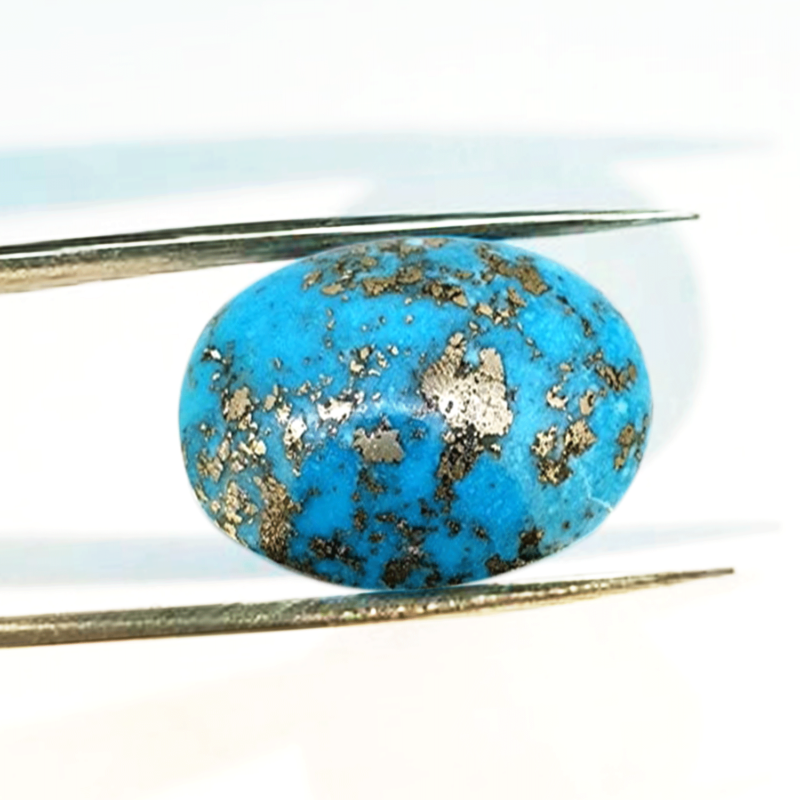
Throughout history, the original Feroza stone has been utilized in a myriad of ways. Ancient Egyptians adorned themselves with Feroza jewelry, as they believed it offered protection in the afterlife. Similarly, Persians esteemed the stone for its beauty and were known to incorporate it into their architectural designs, showcasing its significance in both aesthetics and cultural identity. Additionally, many American Indian tribes have used turquoise in their art and rituals, signifying a deep-rooted connection with nature and the universe.
Among the various types of turquoise, the Hussaini Feroza stone, renowned for its high quality and striking color, commands a particular reverence. It is often sought after by collectors and enthusiasts alike, reflecting the value attributed to specific shades and origins of this gem. The Feroza stone price can vary significantly based on factors such as color, matrix, and location, making it an important consideration for potential buyers.
In today’s world, the Feroza continues to attract interest not only from collectors and jewelers but also among those who appreciate gemstones for their cultural histories and healing properties. Its enduring appeal is a testament to the stone’s rich narrative and the countless ways it has been embraced throughout time.
Characteristics of Feroza Stone
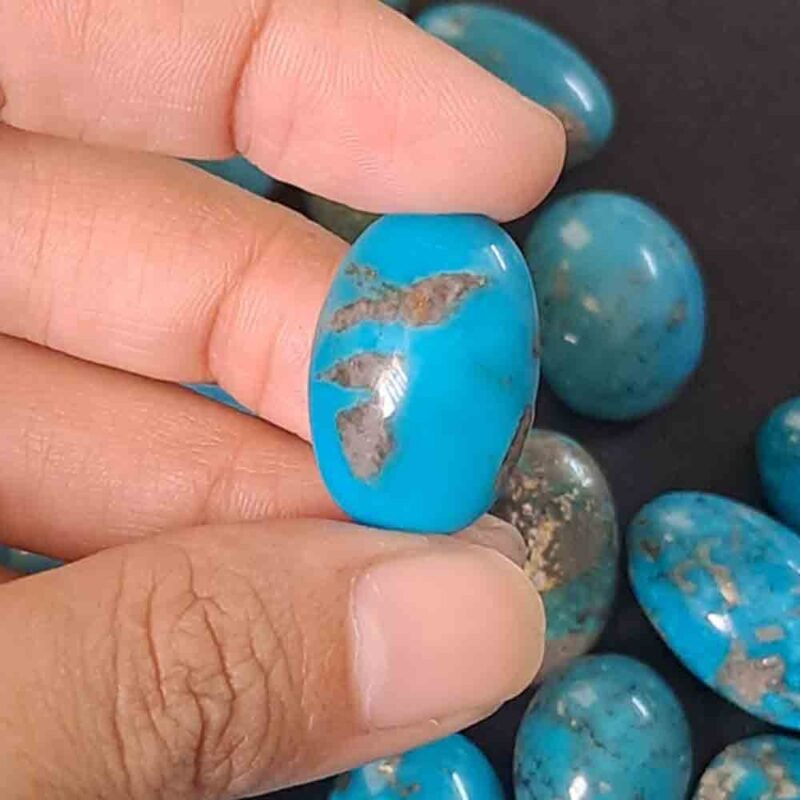
- The feroza stone, also known for its unique hue and properties, carries a captivating complexity that appeals to gem enthusiasts and jewelers alike. This semi-precious stone is typically recognized for its vibrant shades, ranging from vivid turquoise to deeper blue varieties. Such colors are primarily attributed to the presence of copper and other trace elements within the stone, contributing to its aesthetic appeal. The hue of the original feroza stone is particularly prized, with rich tones that often exhibit variations, adding to its natural charm.
- In terms of hardness, feroza stone ranks between 5 and 6 on the Mohs scale, indicating a fair degree of durability suitable for various jewelry applications. This level of hardness makes the feroza less susceptible to scratches compared to softer gemstones, thus ensuring it retains its polished appearance over time. Accordingly, it is vital to care for this stone, owing to its vulnerability to harsh chemicals or excessive heat, which can alter its luster and integrity.
- The luster of feroza stone is another defining feature, often described as waxy to vitreous, depending on the cut and treatment applied. When meticulously polished, it can reflect light beautifully, emphasizing its inherent beauty. The mining of feroza typically occurs in regions rich in mineral deposits, with notable sources located in Pakistan, particularly around the Hussaini area, known for producing high-quality hussaini feroza stone. Treatment processes for this stone can involve stabilization to enhance its color and durability, which is an essential practice within the industry.
Understanding these characteristics enhances one’s appreciation of feroza, showcasing its rarity and value in both the jewelry market and collectors’ circles, often influencing the feroza stone price based on its qualities and appeal.
Origin and Cultural Significance
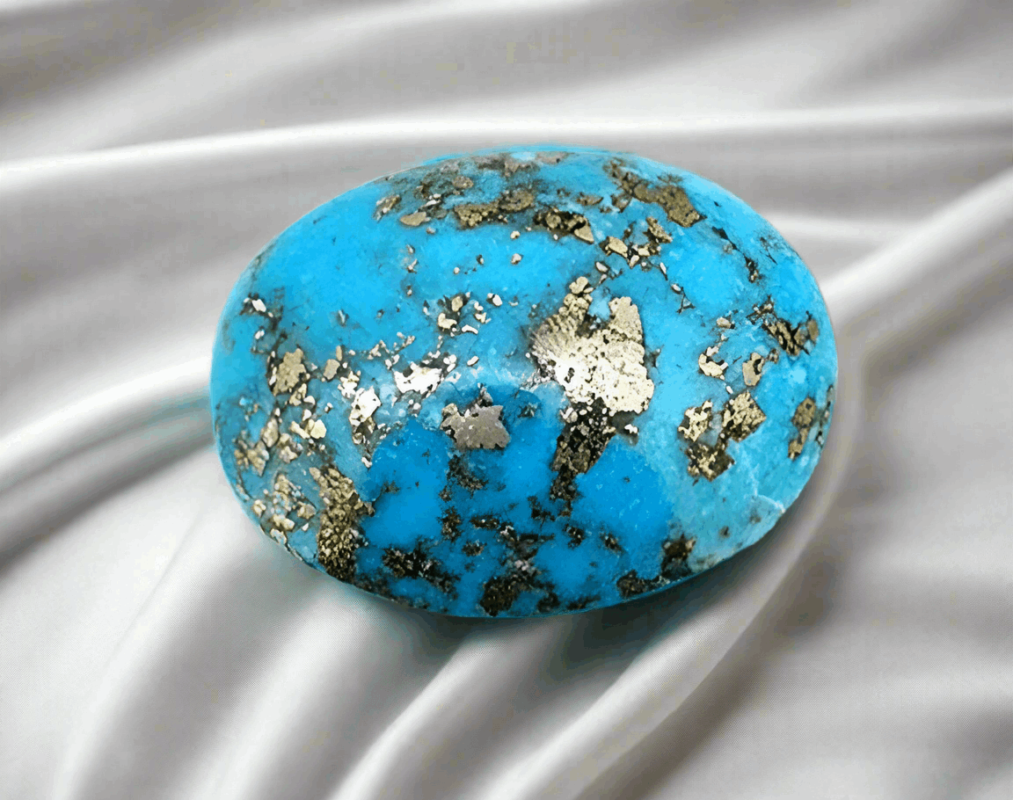
The feroza stone, also known as turquoise in many regions, has a rich history and geographical significance that dates back thousands of years. Originating primarily from copper-rich regions, the most notable deposits of original feroza stone can be found in countries such as Iran, Tibet, and the southwestern United States. The Hussaini feroza stone, a variant renowned for its vivid blue hue, is predominantly sourced from the Northern areas of Pakistan, particularly in the regions surrounding the famed Hunza Valley. This area is known for producing some of the finest specimens of feroza, which are highly sought after in local and international markets.
The extraction and use of feroza stone can be traced back to ancient civilizations, where it was highly valued for its aesthetic qualities and durability. Many cultures regarded this stone as a symbol of prosperity and protection. In ancient Egypt, the original feroza stone was often used in jewelry and burial artifacts, believed to carry the positive energy and blessings from the heavens. Similarly, Native American tribes valued for its spiritual significance and incorporated it into religious ceremonies and artwork, believing it to bring peace and tranquility.
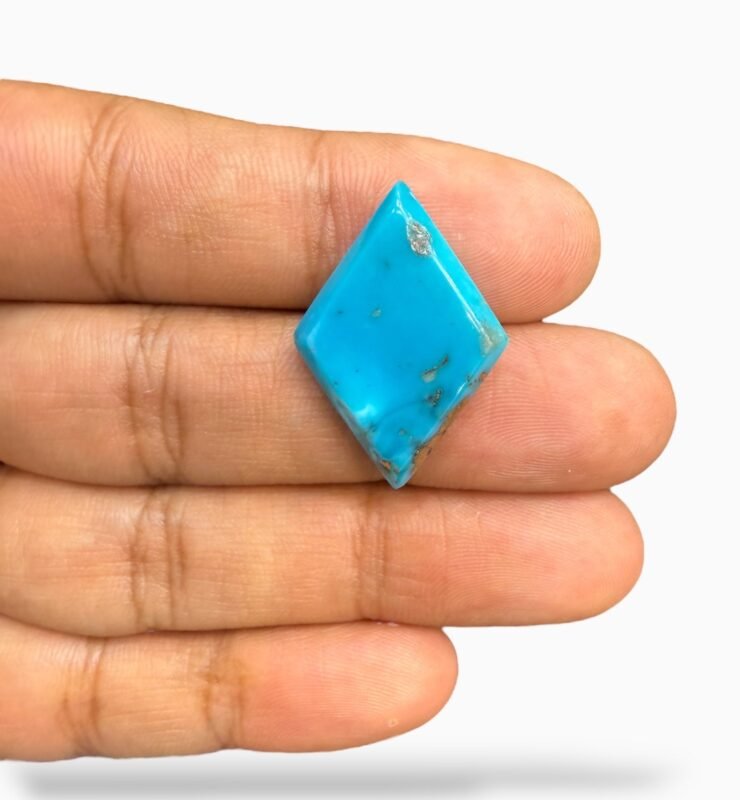
In various societies, the feroza has transcended its role as a mere decorative item and emerged as a powerful talisman. Its symbolic meanings often include healing, protection from negative energy, and the enhancement of personal insight. This cultural significance is also reflected in contemporary jewelry, where the hussaini feroza stone is frequently set in rings, necklaces, and bracelets, emphasizing not only its beauty but also its historical importance. The price of feroza stone varies widely depending on its quality, origin, and size, with rare and finely crafted pieces being especially prized by collectors and enthusiasts alike.
Price and Market Trends
The market for feroza stone has consistently drawn the attention of collectors and jewelry enthusiasts alike, thanks in part to its stunning hues and purported metaphysical properties. The price of original feroza stone can vary significantly, influenced by various factors including quality, source, and current demand. A high-quality feroza stone, particularly the hussaini feroza stone, which is often prized for its vibrant colors and unique patterns, tends to be at the higher end of the pricing spectrum.
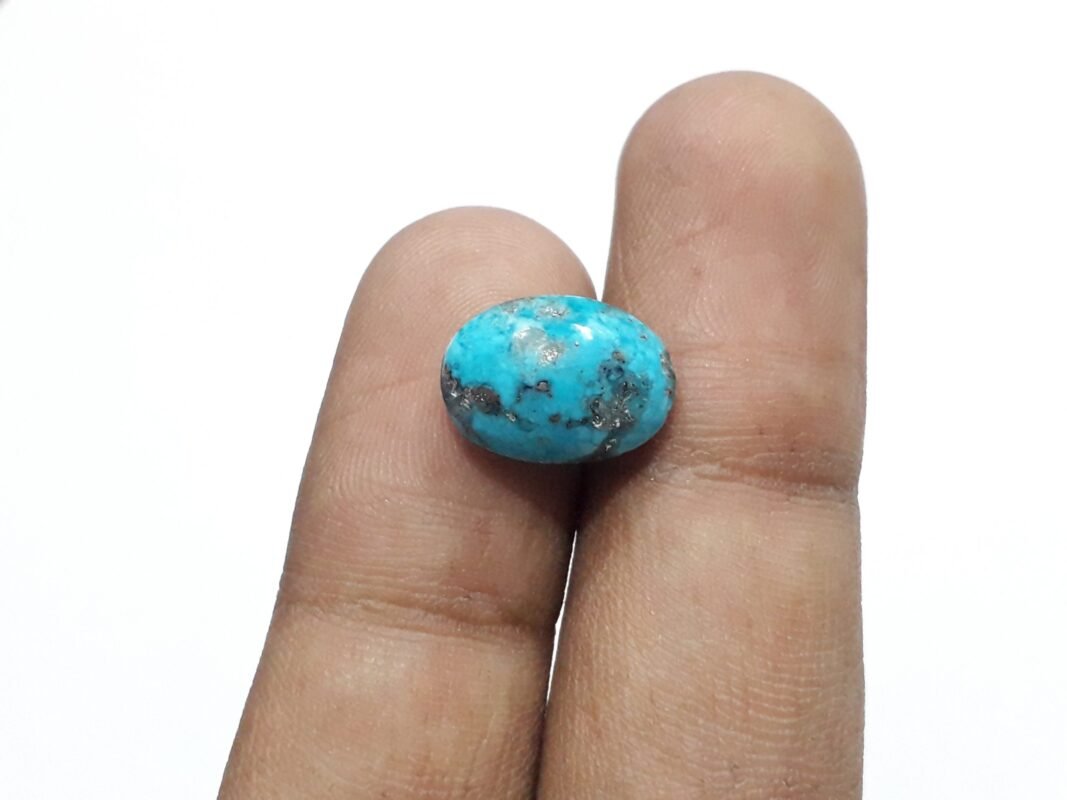
One of the primary determinants of feroza stone price is its quality. Stones with deeper, more vivid colors are generally favored in the market, which subsequently raises their selling price. Additionally, the craftsmanship involved in cutting and polishing these stones can also affect their overall market value. Stones that are well-faceted and showcase the stone’s natural beauty typically command higher prices.
The source of the feroza stone plays a crucial role in its pricing as well. Stones mined from reputable locations are often preferred, as they carry a certain level of prestige in the gem community. Market trends indicate that stones originating from certain regions, particularly those known for their rich deposits, are increasingly sought after, contributing to rising prices.
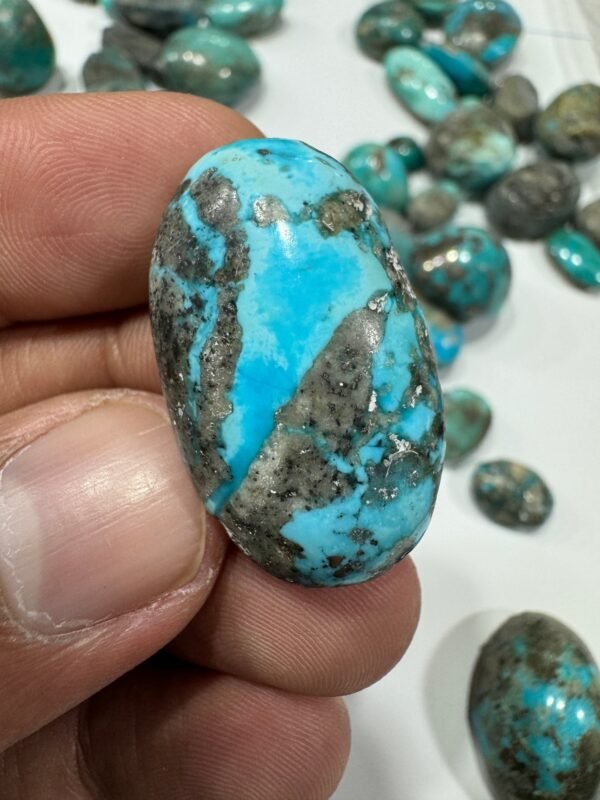
Demand for feroza stones tends to fluctuate throughout the year, influenced by fashion trends and the popularity of specific styles in jewelry. For instance, during festive seasons, there is typically a greater demand for feroza stones due to their association with auspiciousness and good fortune. Buyers and collectors are encouraged to research current market trends and prices as they look to make informed purchases. By understanding these market dynamics, potential purchasers can better navigate their options in acquiring both original and hussaini feroza stones at competitive prices.
